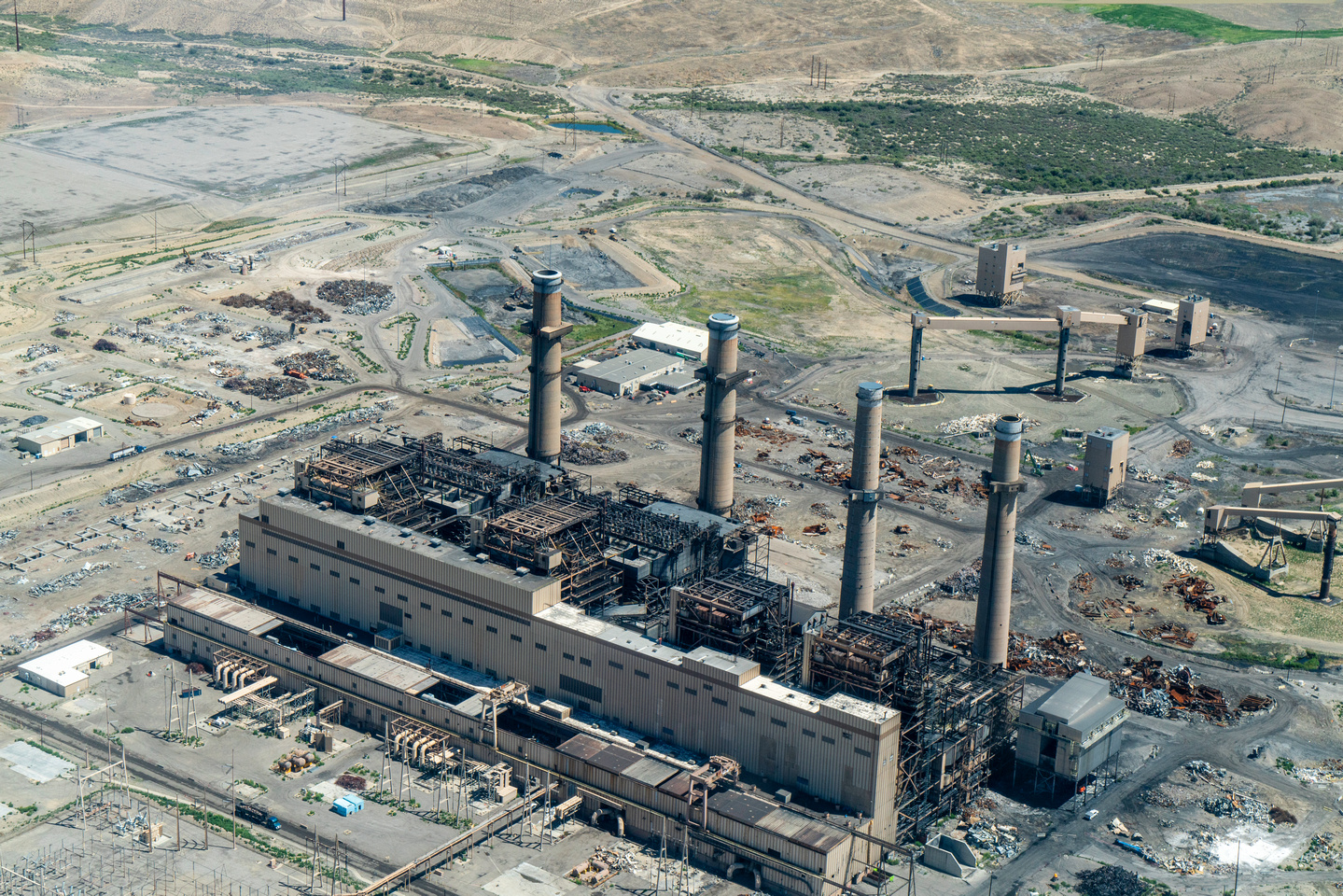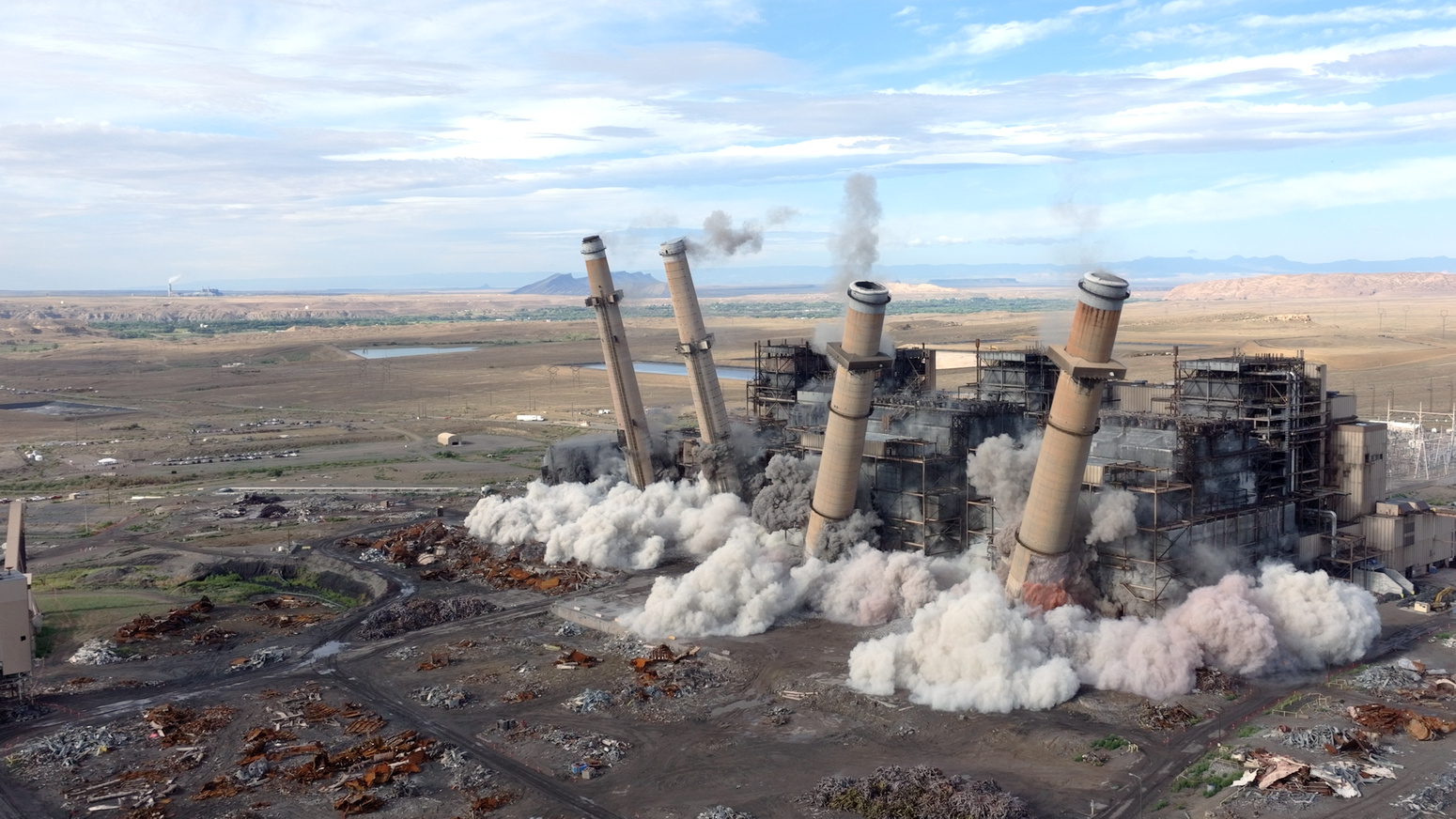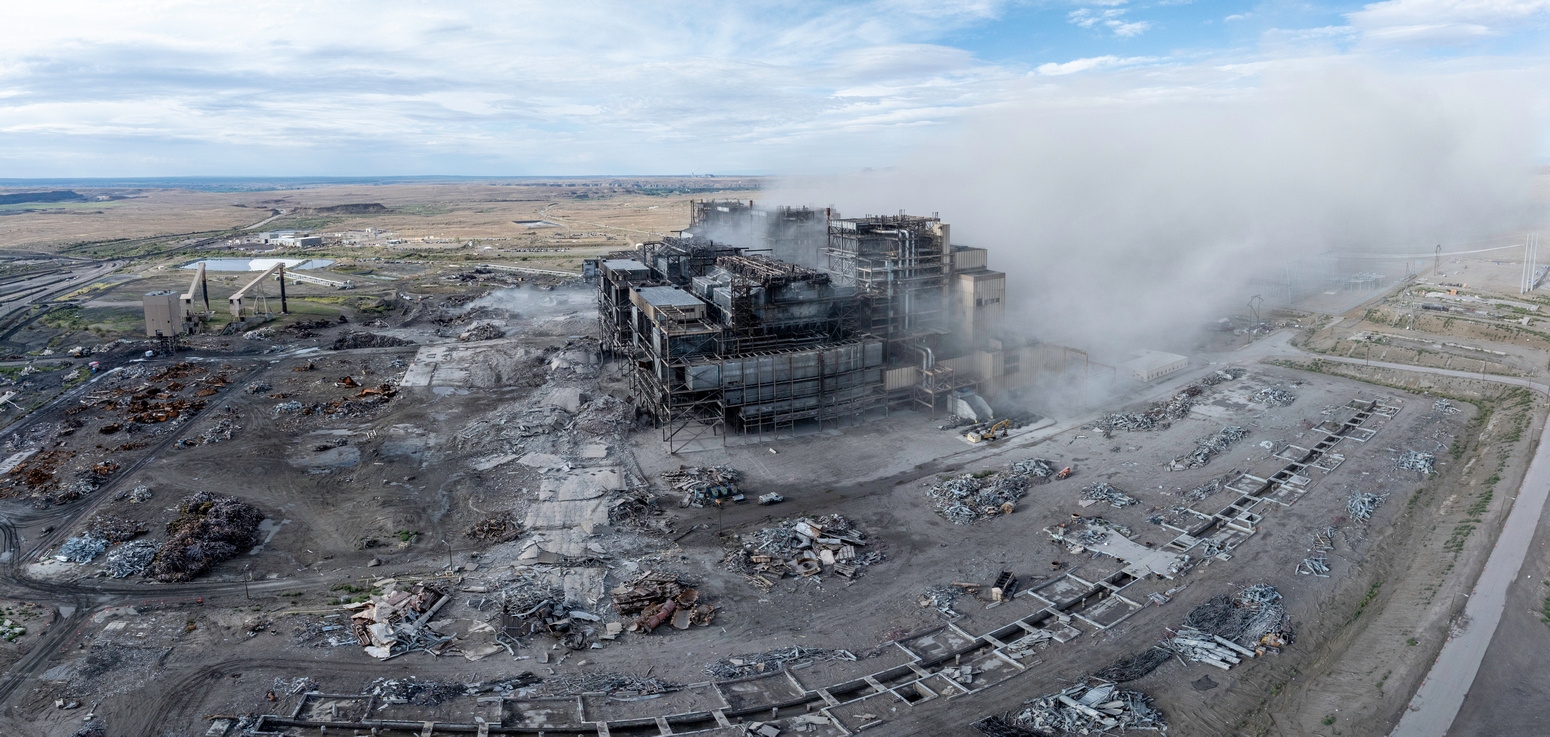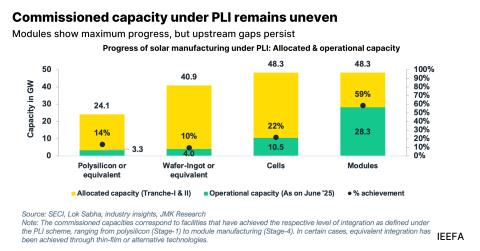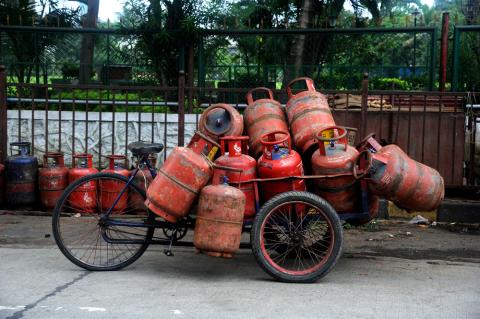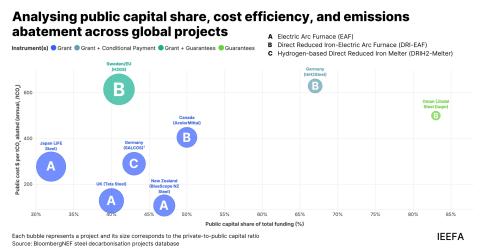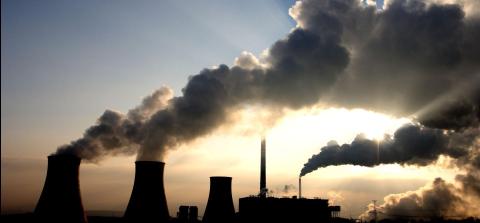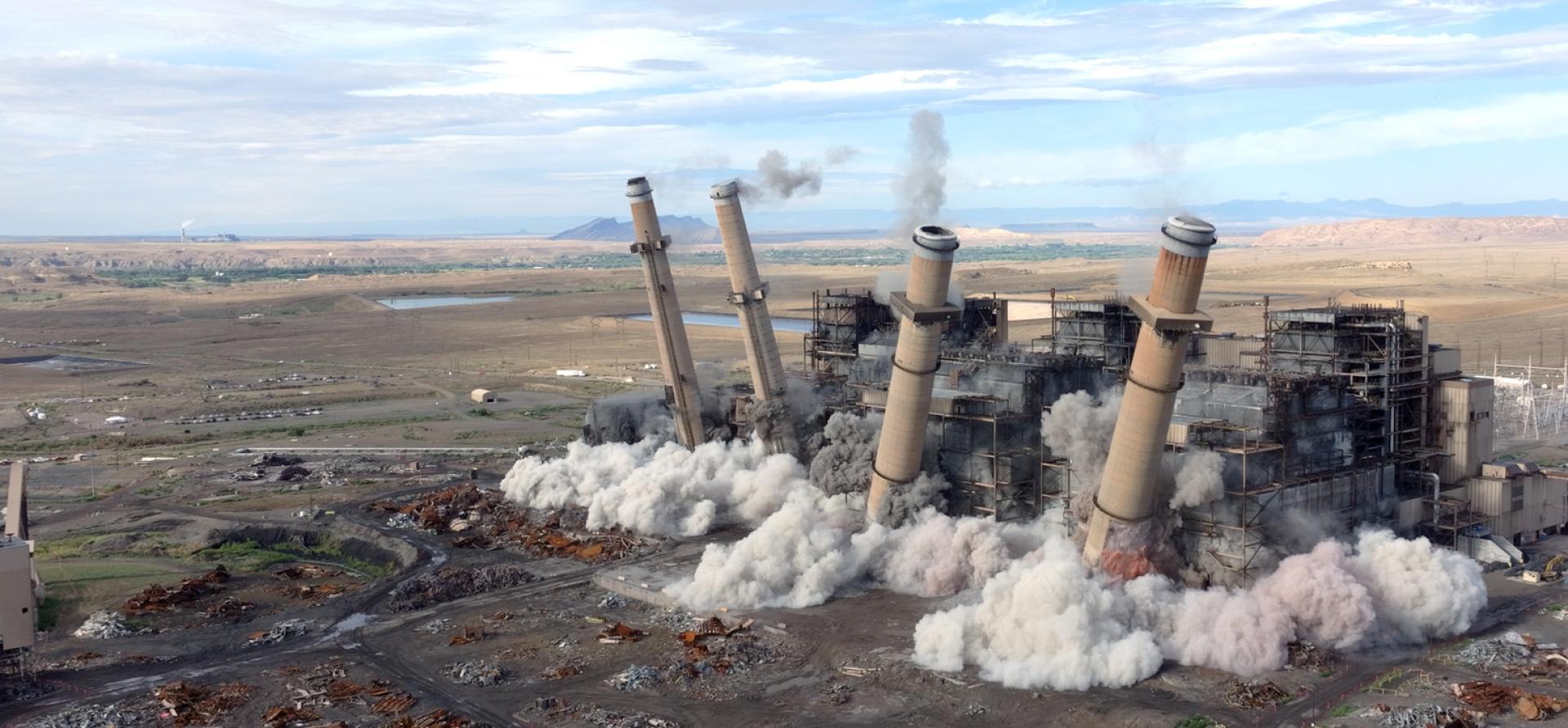
Key Findings
A plan to restart retired coal-fired power plants ignores serious economic and operational issues.
102 coal-fired units have closed in the last four years; two dozen have already been demolished.
Intact units require large amounts of capital improvements before returning to commercial operation.
Utilities have already turned to cheaper and more efficient forms of electricity generation, such as solar, wind, and battery power.
Introduction
Using the justification of its January “energy emergency” declaration the administration released a series of executive orders this week designed to stave off the closure of coal fired power plants and encourage the restart of recently closed units to help meet projected electricity demand growth. IEEFA research shows that few, if any, of the 102 coal-fired units closed in the past four years are reliable candidates for a restart. Further, the plan to restart coal plants ignores the fact that most of the still-operating facilities are running far below their capacity. Put simply, restarting coal plants makes no economic sense.
IEEFA’s analysis of the 102 recently closed/converted units, which have a total generating capacity of 36,566 megawatts (MW) and have not operated since the beginning of 2021, found that few are legitimate candidates to be brought back online. IEEFA narrowed its focus to these recently closed units, which were either retired, converted to run on gas or, in one case, fuel oil, because plants closed more than four years ago would almost certainly have even more maintenance requirements and be even more expensive to restart.
IEEFA’s analysis of the 102 units found:
- 24 units have been demolished
- 13 units have been converted to gas
- One unit has been converted to oil
- The units have a median age of 56 years.
To start with, most of the closed plants were old. As coal plants age, maintenance costs rise, pushing up their generation costs. Low generation cost is a key driving factor in the economic competitiveness of coal-fired power plants. Overall, the median age of the 102 closed/ converted units as of 2025 is 56 years. U.S. Energy Information Administration (EIA) data shows that the average age of retired coal plants since 2000 has been about 50 years.
At least two dozen units, with 9,230 MW of capacity—more than 25% of the total number of megawatts—have already been completely or partly demolished. As the photos below of the smokestack implosion at the former San Juan coal plant in New Mexico clearly show, restarting this plant, or any other demolished facility, would be impossible. Planning for demolition work at additional units is also already underway.
Figures 1 - 3: Demolition of the smokestacks at the San Juan Coal Plant in New Mexico, Aug. 24, 2024
